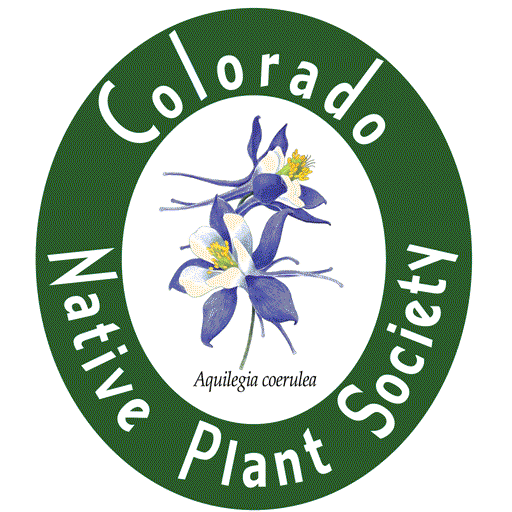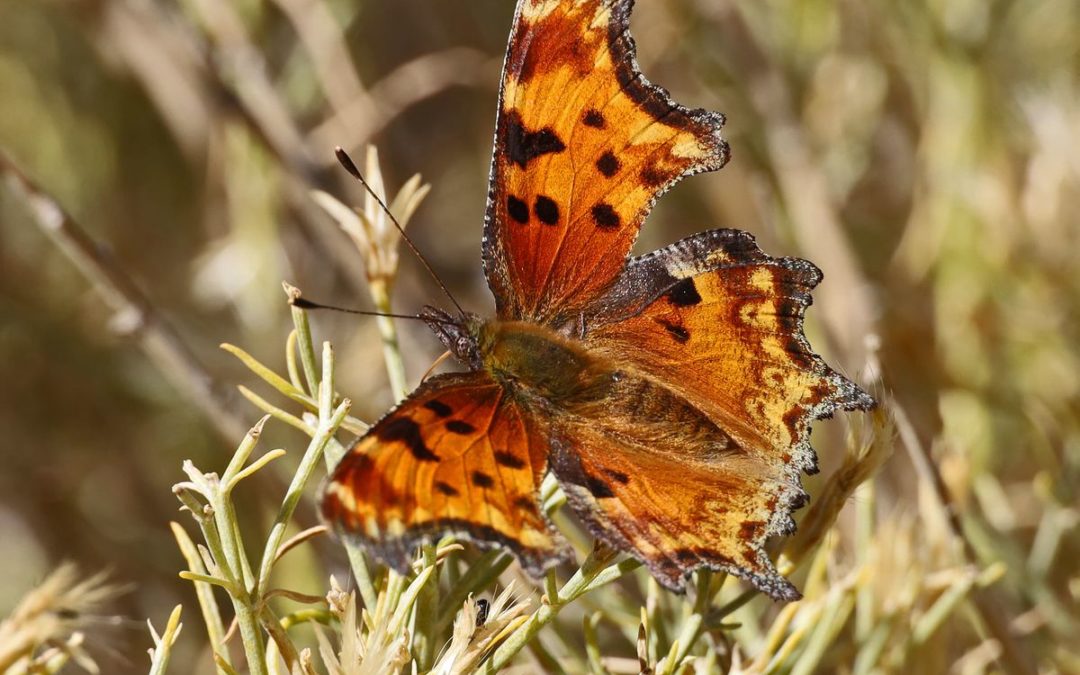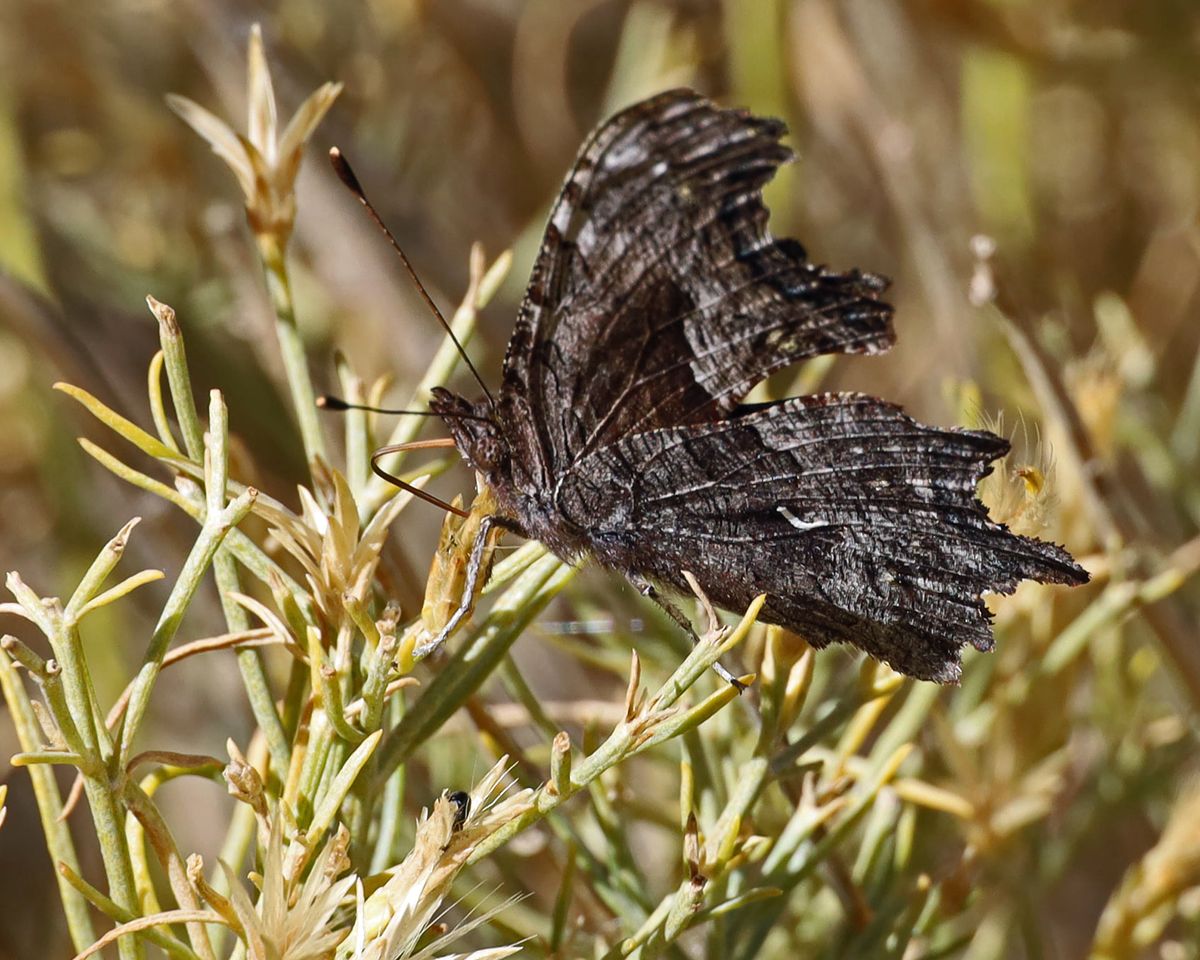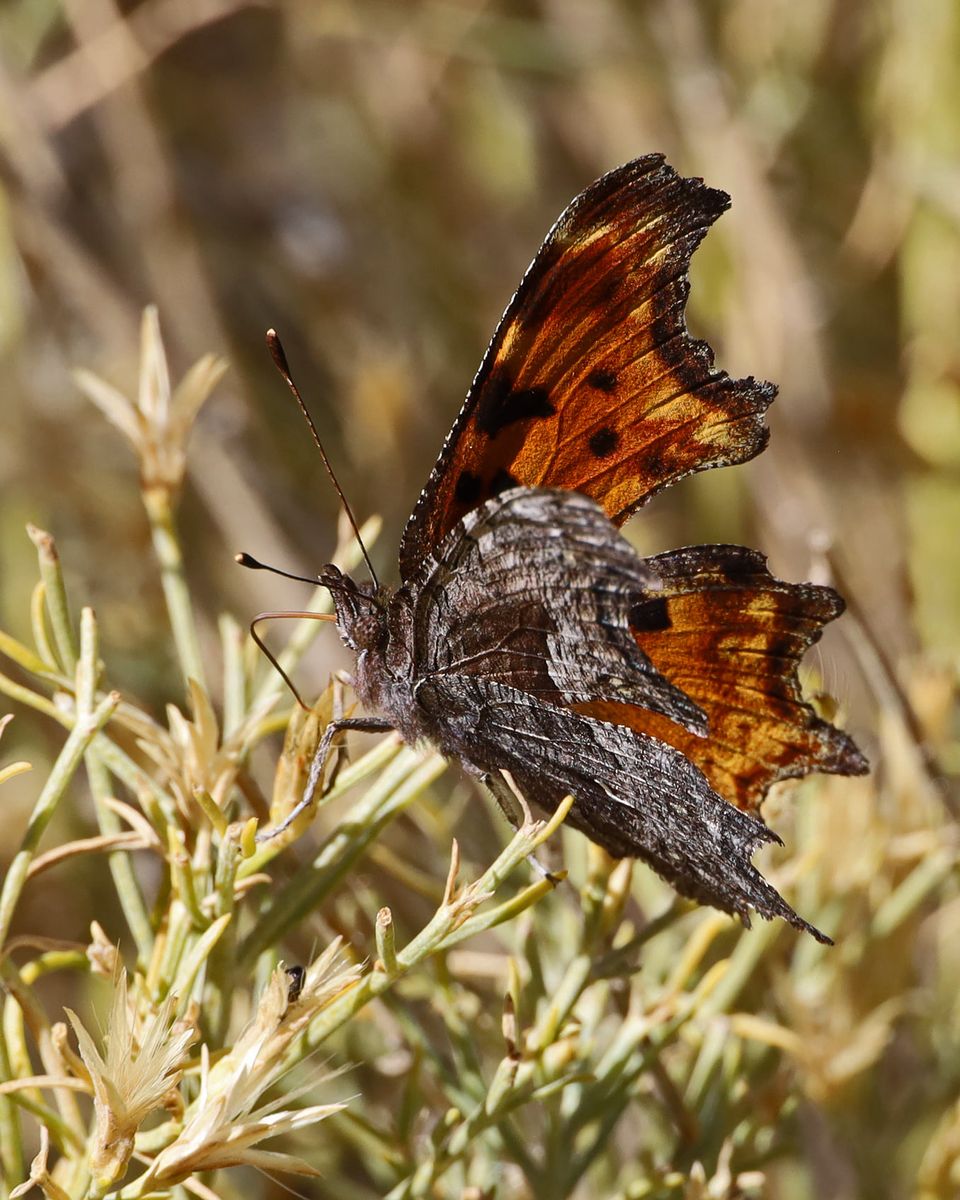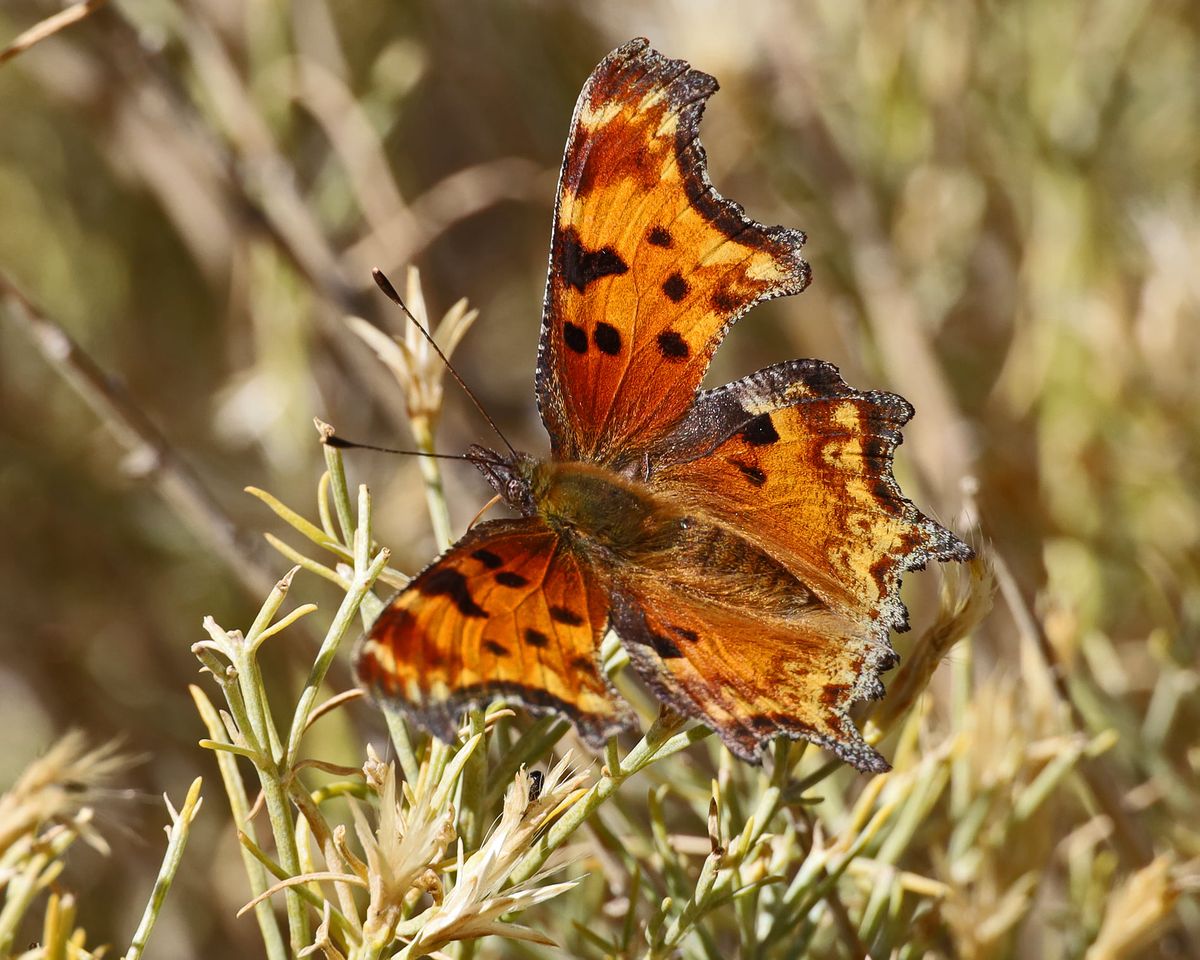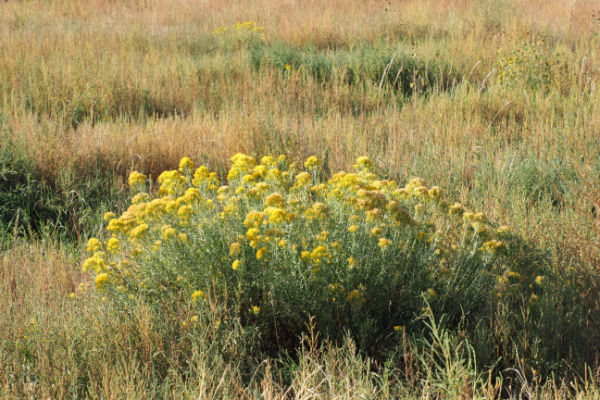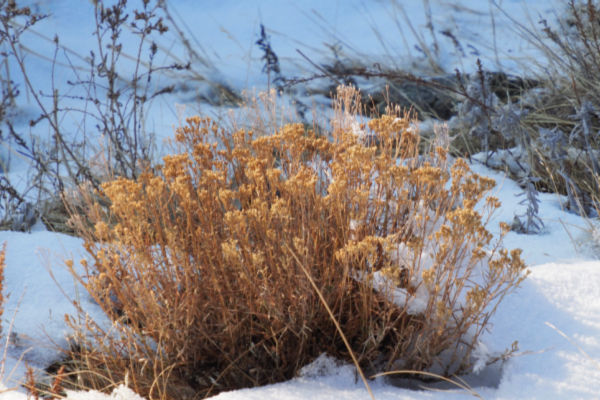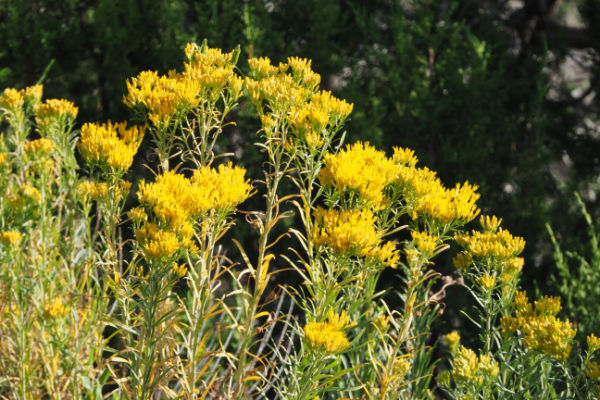Butterfly pollination and some amazing facts:
About three decades ago, I sat in an ecology class while the professor, Dr. Cheesman, went on about the amazing elasticity of the proboscis on a butterfly. I sat wide-eyed and amazed as he explained the tissues that assist a butterfly to uncoil its proboscis are some of the most elastic tissues on earth. Bouncier than any ball you will ever bounce. The process of uncoiling and coiling the tiny so-called straw is incredibly complex.
Check out this bouncy bending proboscis! You can see it right under the antennae. The proboscis is a mouthpiece that enables the butterfly to suck in the flower’s nectar. ©Carol English
Butterflies are important pollinators in Colorado and all over the planet. Because they have such long “tongues,” they are not always as efficient pollinators as our native bees and flies. I have linked below to a PBS Video on a scientist who is studying the feeding techniques of butterflies. Watch it when you have four minutes to spare. You will be astounded by the photography and detailed information he is discovering.
Great camouflage for this Hoary Comma, the underside of its wings looks just like a dead leaf.
©Carol English
While hiking in my neighborhood here in Crestone, Colorado, I found several hoary comma butterflies- Polygonia gracilis, nectaring on rabbitbrush. These butterflies overwinter and hibernate as adults. They will emerge in the spring to mate and lay another round of eggs for the next generation. They use camouflage for protection; you can see their wings when closed appear to be dead leaves.
Carol English
Native Plant Master
Rabbitbrush (Ericameria, with several species native to different parts of Colorado) is an important fall food for many insects. ©Carol English
Rabbitbrush, (Ericameria species) is an especially important native plant for its role in providing food for insects in fall, the last chance for fuel as the insect gets ready to either migrate or to overwinter in place. Rabbitbrush is easy to grow and happy in dry sunny spots. This bushy shrub has silvery green foliage in summer, and bright yellow blooms in the fall that attract many pollinators. The seedheads persist through winter giving interest to the gardener and food for birds.
Rabbitbrush in a natural setting. This easy-to-grow native plant does well in sun, and prefers dry soil. ©SPD
Rabbitbrush gives winter interest. Double interest because its seeds attract birds! ©SPD
Bright yellow blooms of Rabbitbrush give a real pop to fall gardens! ©SPD
